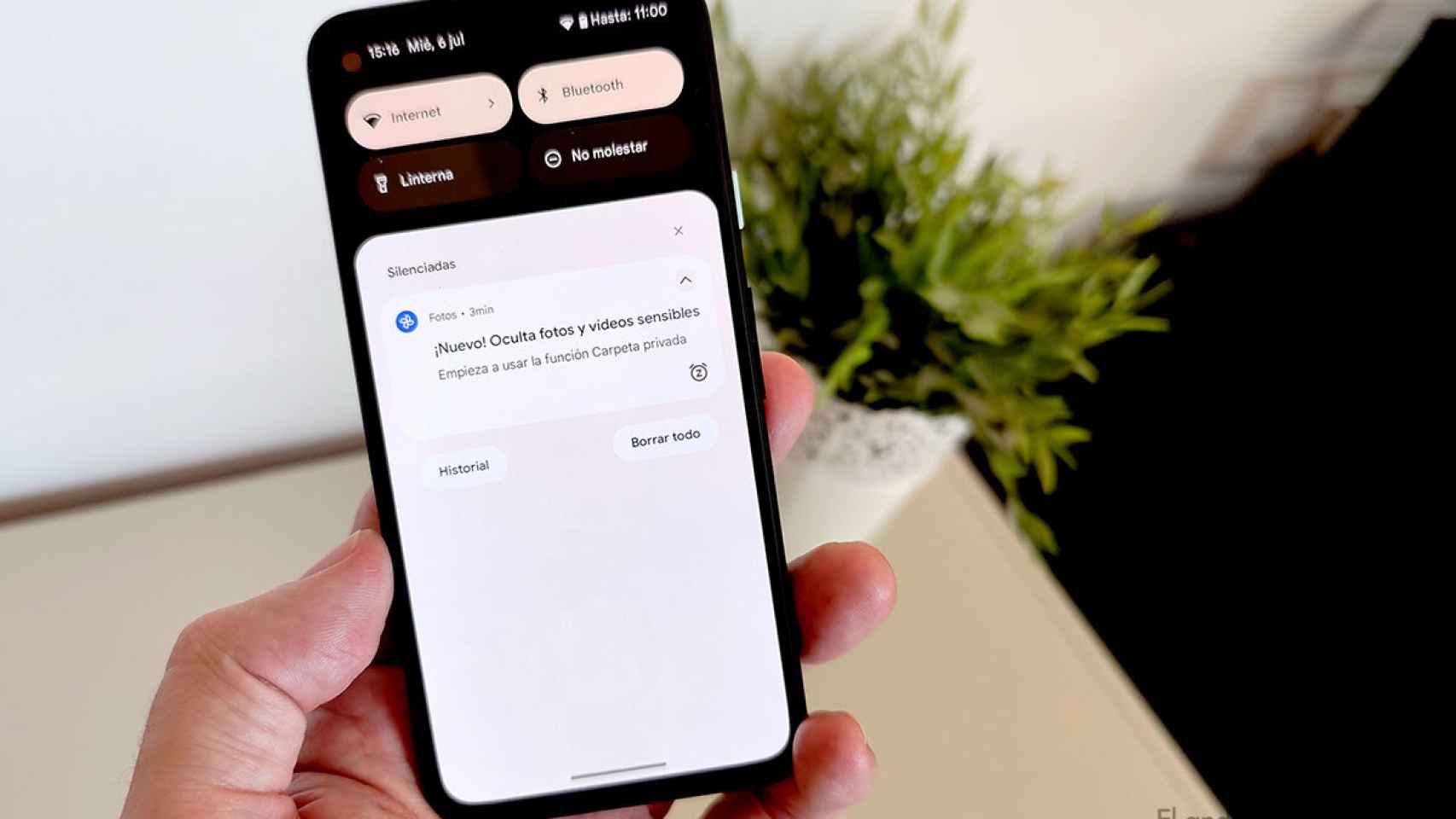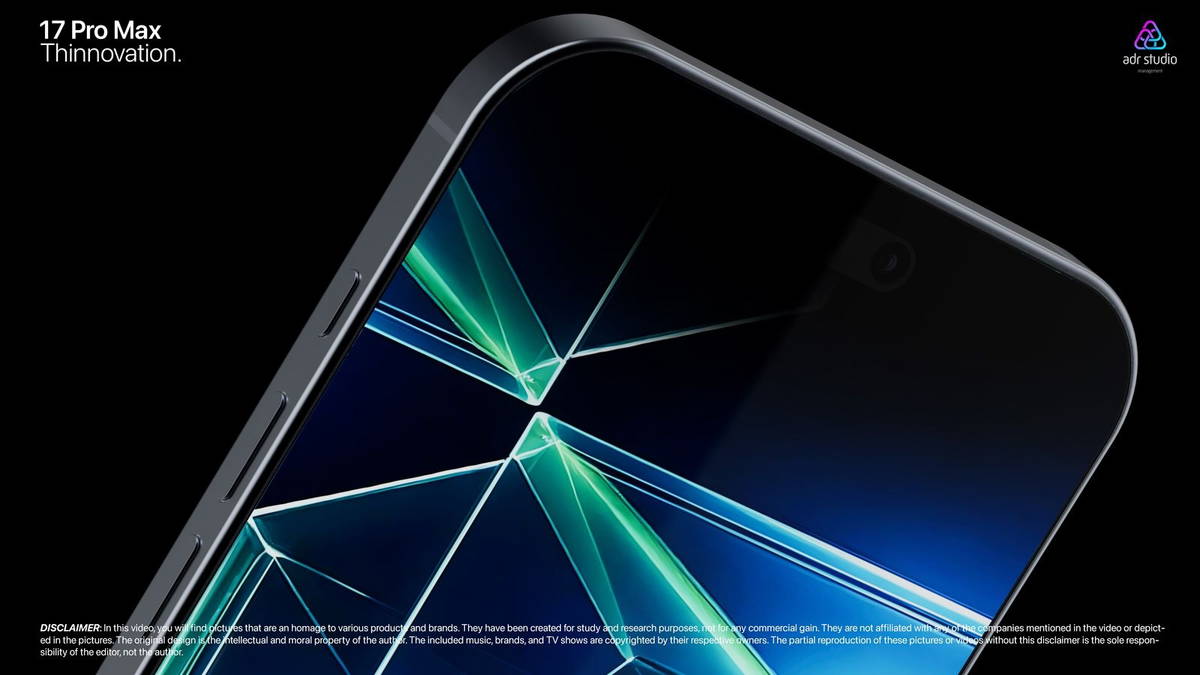“Terminal speed” saved the iPhone!

Since the first versions, the resistance of the iPhone has been the subject of astonishment and admiration. However, a recent case has literally taken this reputation to new heights. In January of this year, an iPhone survived being dropped from a plane from 16,000 feet without suffering significant damage, raising many more questions about its durability.
That the iPhone 14 Pro Max survived Alaska Airline Flight ASA1282 crashing, losing one of its doors, just after taking off from a runway in Portland, is no coincidence. Behind this feat is robust engineering that explains the durability of modern technology.
Physics explains why the iPhone survives drops from height
Following the event, journalist Joanna Stern of the Wall Street Journal decided to investigate the “iPhone exploit.”
For that compared an iPhone 14 and a Samsung Galaxy S23 in several drop tests. Although Stern’s results varied across different tests, The biggest test involved dropping both phones 300 feet off the ground, without a case.on a grassy area.
Although the iPhone took center stage during the Alaska Airlines flight incident, The plane’s depressurization also tore off other electronic devices which was sticking out of the open hole in the plane’s hull. But unlike most, the iPhone was found in the grass on the side of the road, in perfect condition and unlocked, making it easy to return to its owner.
According to Stern’s tests, Both phones survived with no “real damage” other than dirt and grass buildup. Additionally, he discovered that the scientific explanation is due to something called “terminal velocity.”
According to Mark Rober, a former NASA mechanical engineer turned YouTuber:
It doesn’t matter if you drop your phone from 300 feet or from outer space. “It will be the same result because of something called terminal velocity.”
Rhett Allain, associate professor of physics at Southeastern Louisiana University, explained that due to the mass, size and shape of a smartphone, it will increase its speed to around 60 miles per hour. At the moment, Air resistance prevents it from accelerating.
Both experts agreed that a grassy surface, similar to the area where the iPhone fell, helps cushion the impact of the object, allowing a more gradual deceleration. However, If the device had fallen on a paved sidewalk, the deceleration would have been much more brutalwhich would have greatly reduced the chances of the iPhone being left in the condition it was found.
Although with each generation Apple strives to present an increasingly resistant iPhone, to emerge unscathed from an impact fall, Other conditions are necessary like those that reached the iPhone 14 Pro Max in this story.








